HE-ETMN401 Material Selection using Ashby Method for Bread Maker
VerifiedAdded on 2023/03/24
|17
|836
|90
Report
AI Summary
This report provides a comprehensive analysis of the Ashby material selection method, detailing its key components: Families of Engineering Materials, Translation, Screening, and Ranking. It assesses shortlisted materials against service history and describes Ashby material charts. The report illustrates the method's application by selecting a material for a stiff light beam in bending, deriving the objective function and material index. Furthermore, it applies the Ashby methodology to four components of a bread maker, identifying functions, constraints, and objectives for optimal material selection. The report concludes with a discussion of the pros and cons of selected materials, final recommendations for design representation, feature recognition, process selection, and the importance of mechanical tools for achieving proper finishing. The analysis includes consideration of mechanical, physical, electrical, aesthetic, and process-ability properties, along with cost-effectiveness. The document references textbooks, data books, and internet sites as sources of information.
1 out of 17




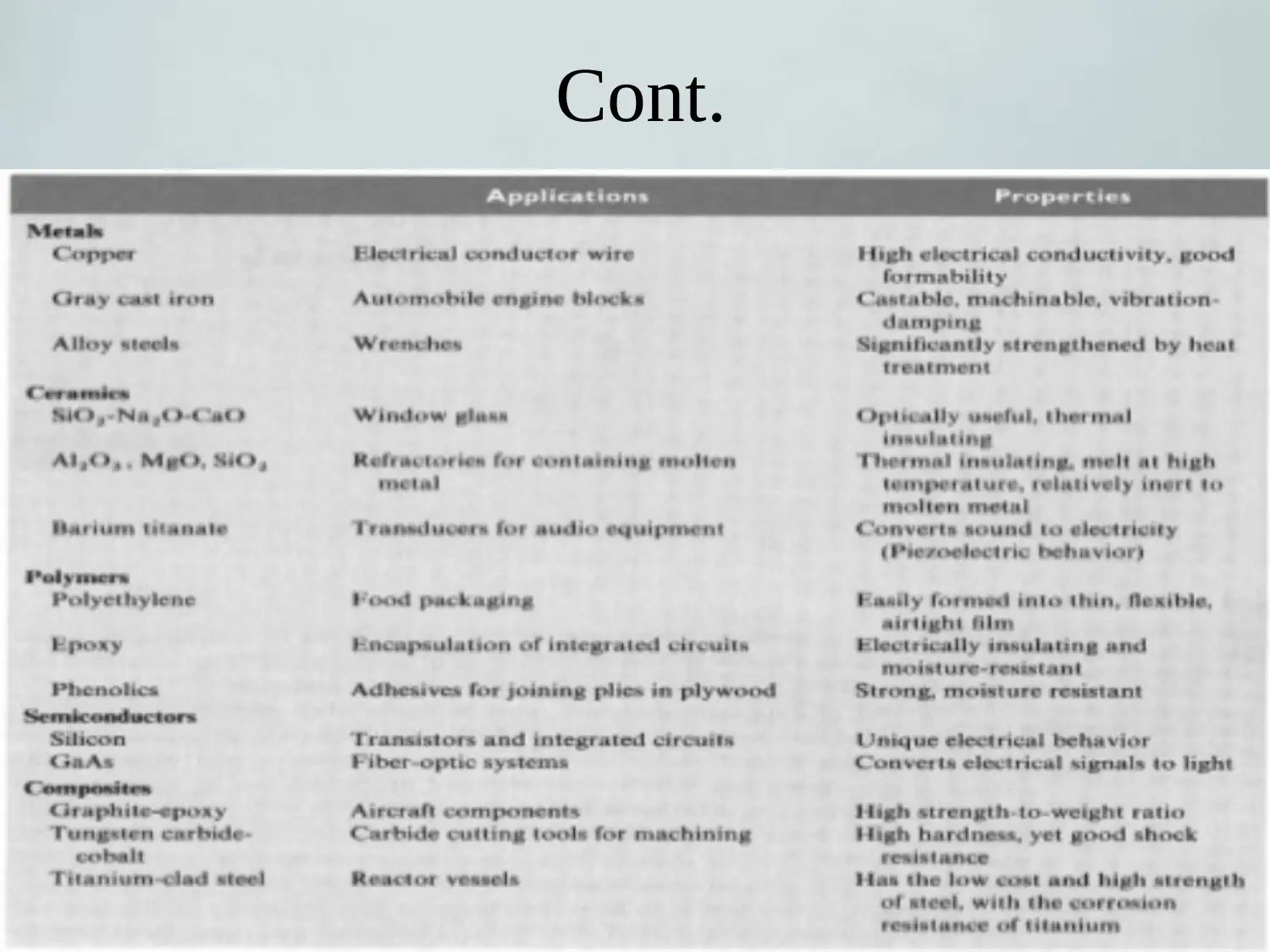

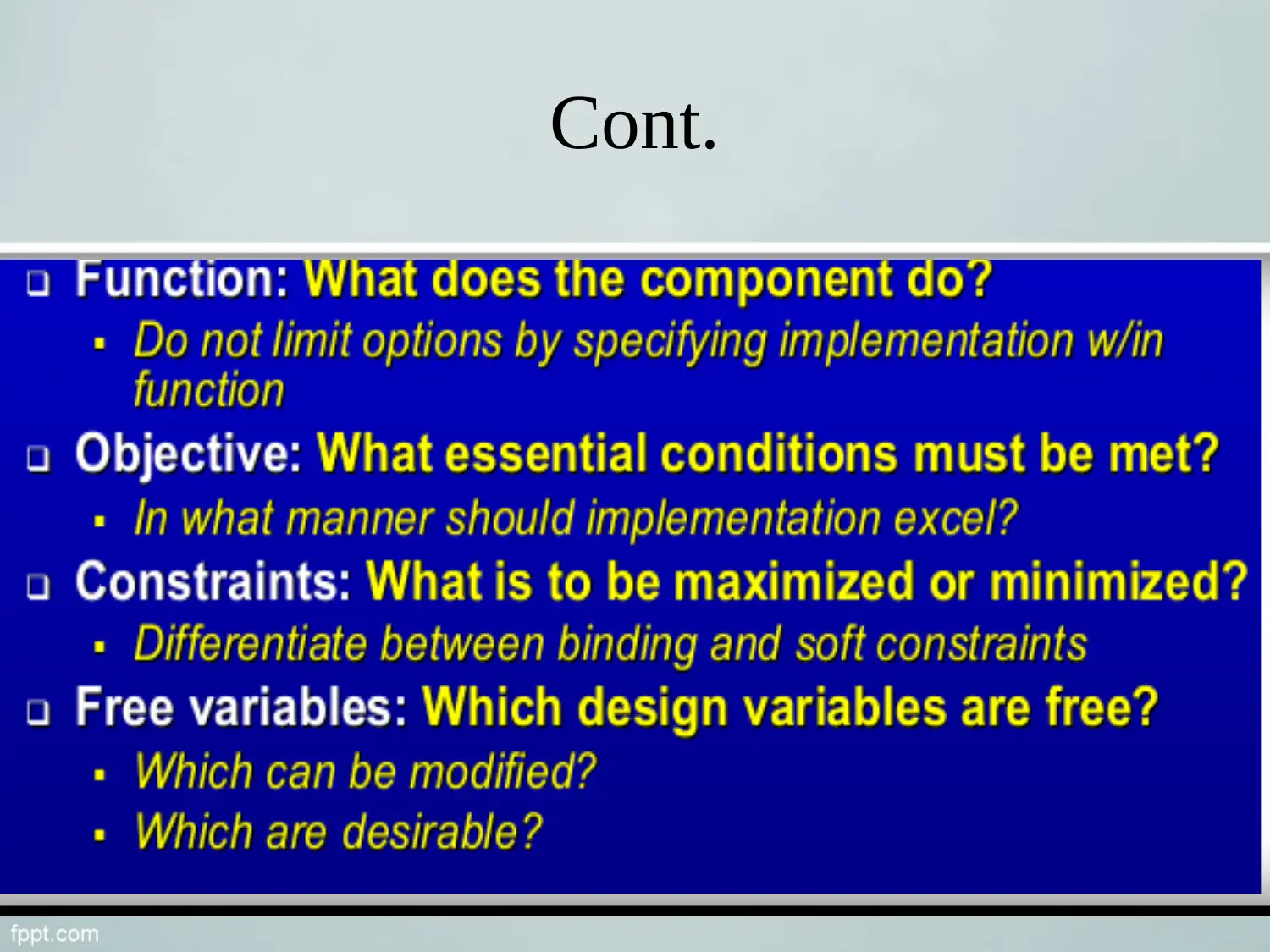
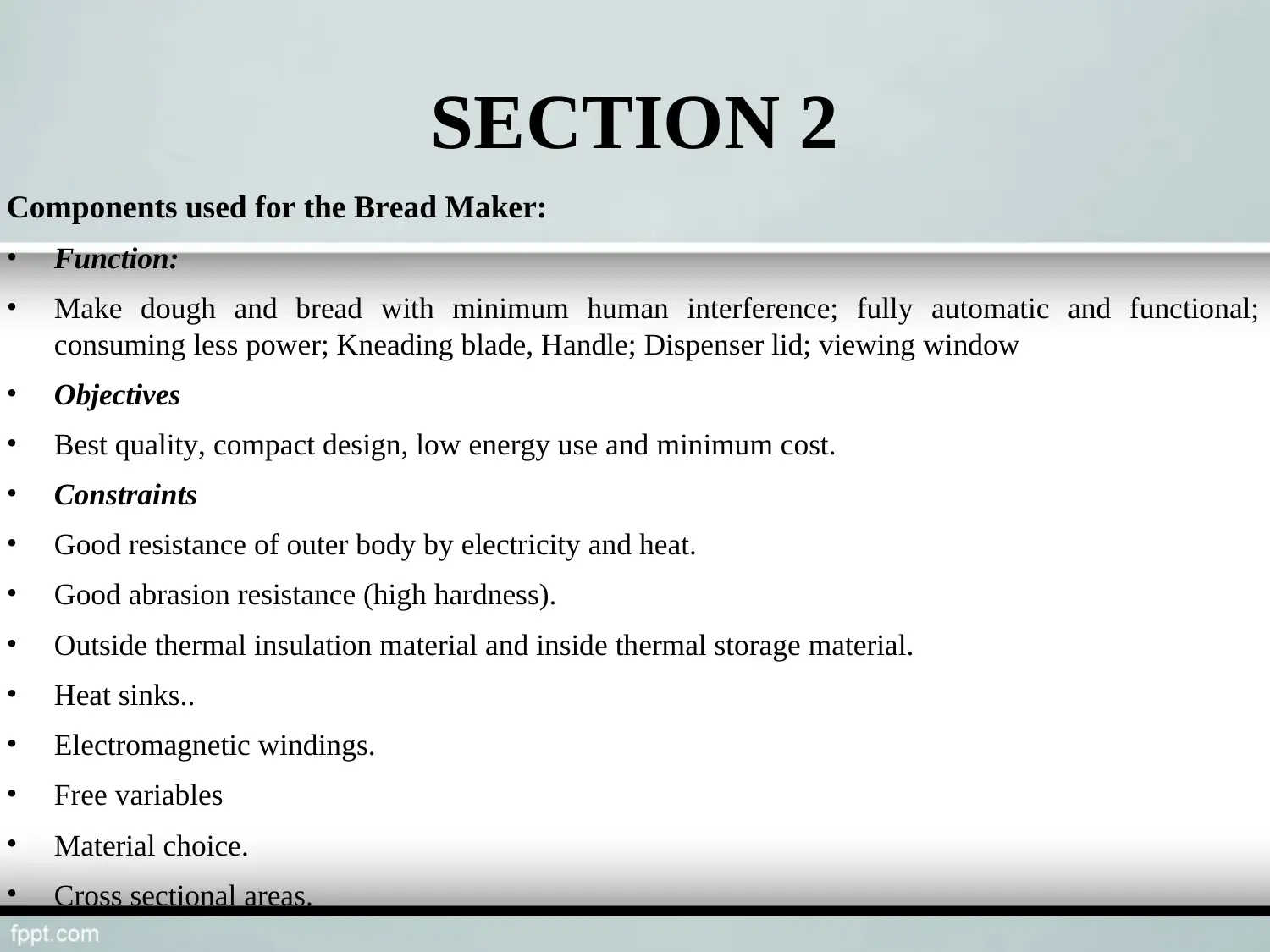
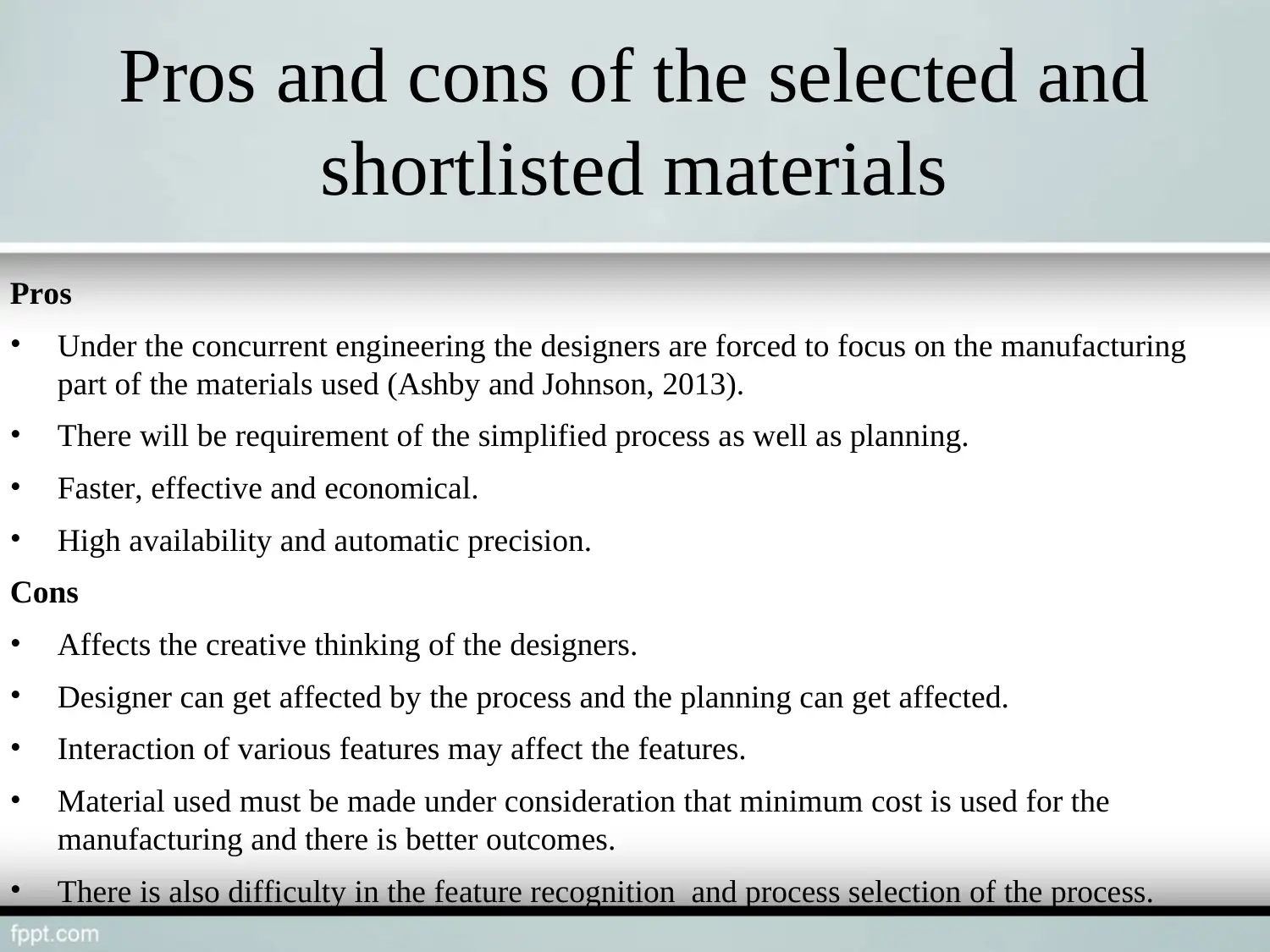
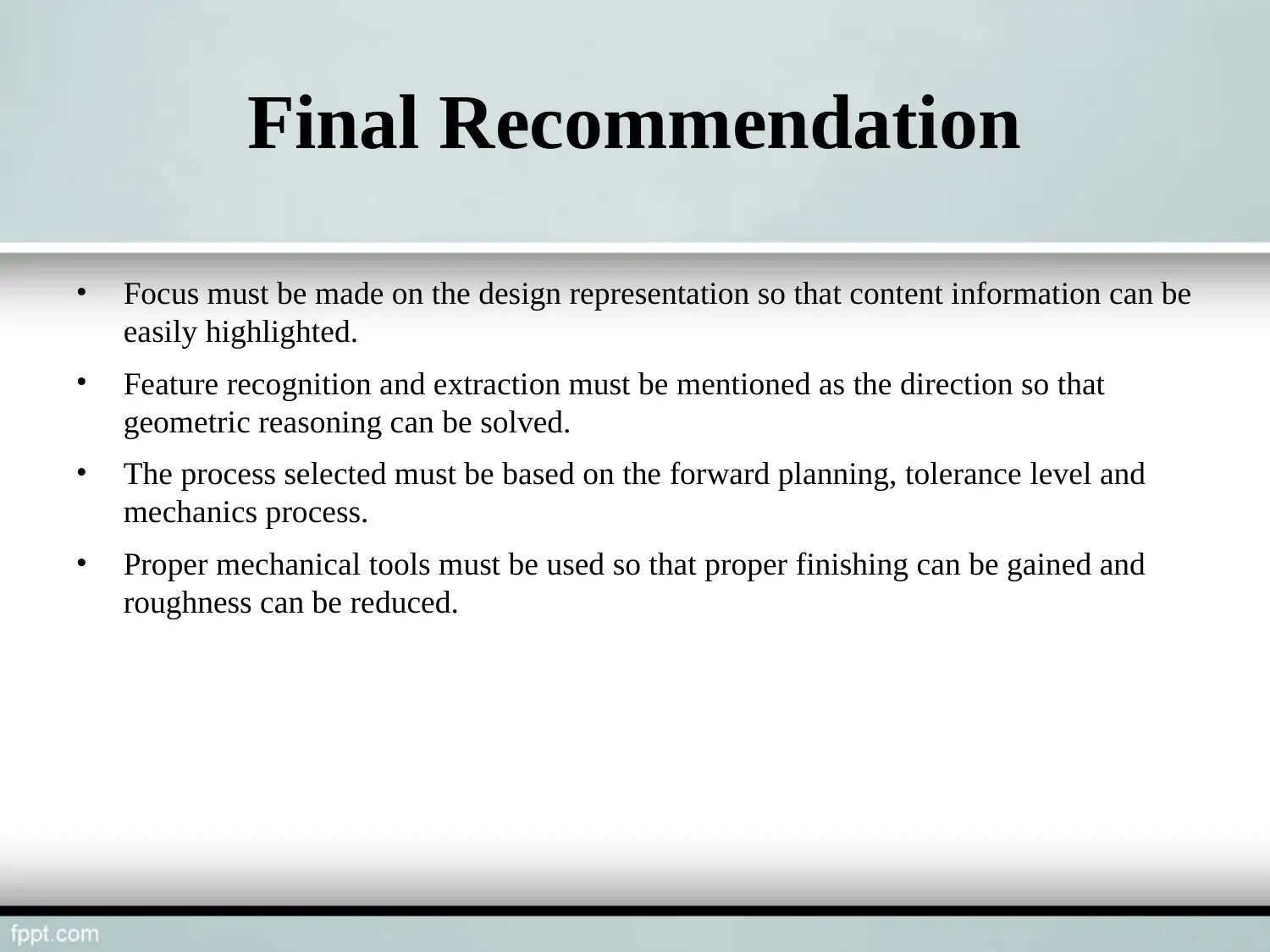
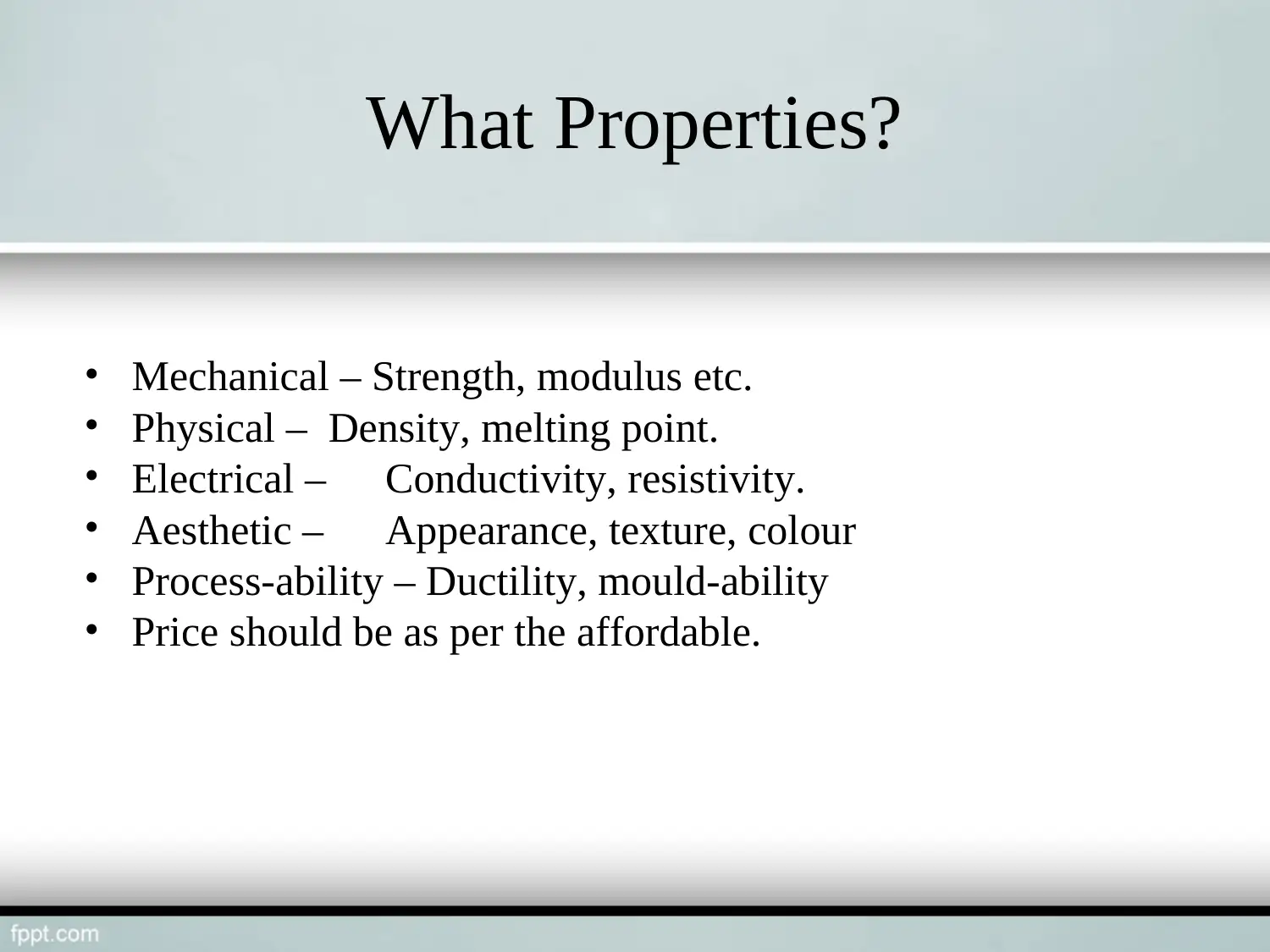
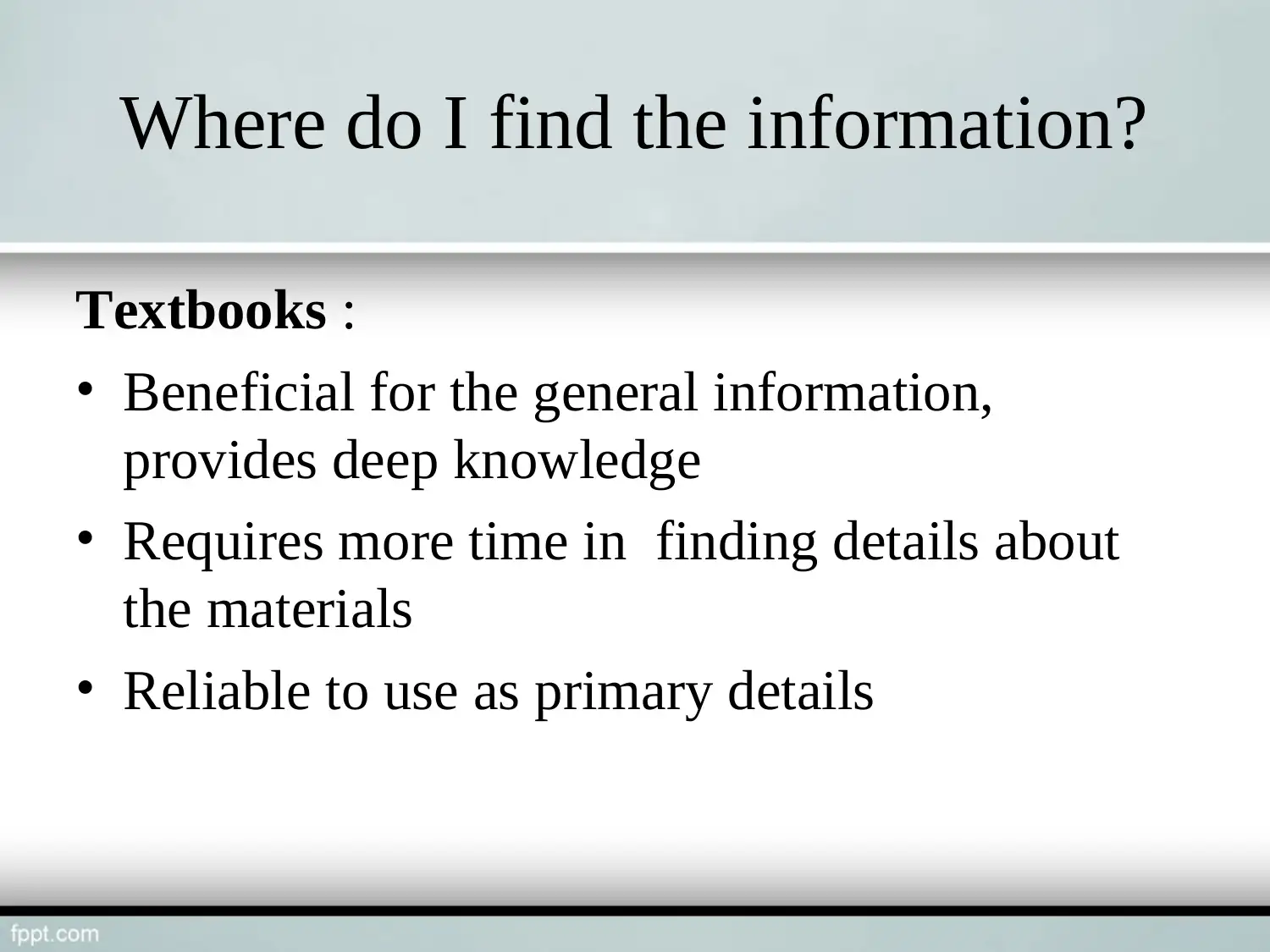





![[object Object]](/_next/static/media/star-bottom.7253800d.svg)